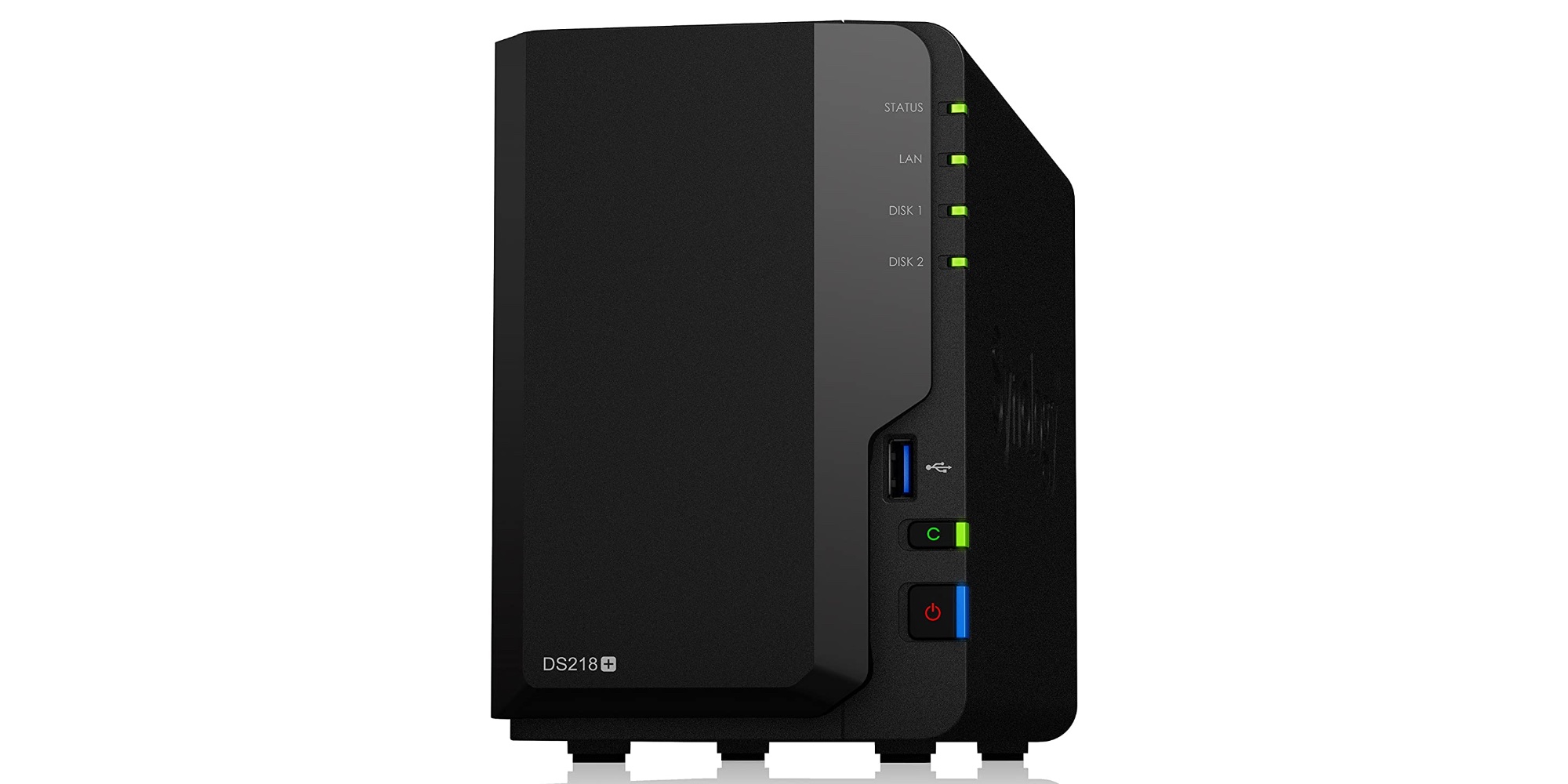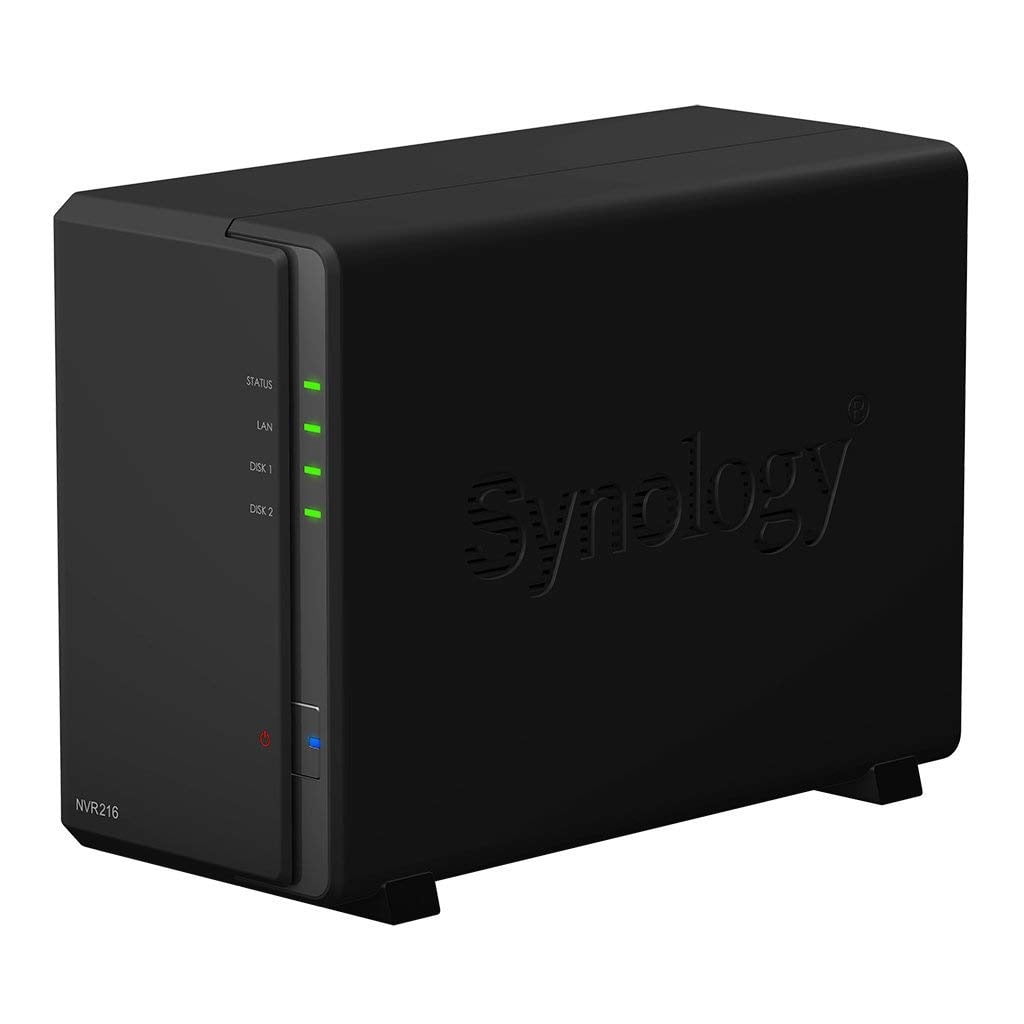
So, I tried different MTU sizes to establish which resulted in the highest transfer speeds. Wham, transfer speeds rose significantly. So why the terrible transfer speeds? First thing I did was return the iMac and Synology NAS back to their default settings. Sometime in the past I had obviously applied that logic and configured my iMac and Synology DS415+ NAS to use an MTU of 9000 Bytes. Many workstations and networked devices will let a much larger figure be specified a figure of 9000 Bytes. The default MTU is normally 1500, 1516, perhaps 2000 Bytes but somewhere in that region. If a network is mostly transferring lots of small files then a smaller MTU is desirable. So, the commonly accepted 'rule of thumb' is that if a network is transferring lots or mostly big files/images then its better to have a larger MTU. This allowed 1GB to 5 GB sized files to be repeatedly transferred and the transfer time to reported.īack to MTU. Pretty quickly I settled on the Blackmagicdesign Disk Speed Test application (Mac app store). Important to the investigation was the transfer of data between the workstation and NAS in a repeatable way. Again this was a 'red herring' as we say in the UK and just not relevant.

Synology nas for mac mac os#
Other information on the Internet claimed Mac OS - as I'm using an iMac - had a broken implementation of the SMB protocol. So I tried these and yes there was some difference but nothing that would account for the 65MB/s rate.

AFP or NFS - don't get bogged down in the names its not important to this post - allowed faster transfer speeds. Browsing the Internet I found posts identifying that some network protocols e.g. Investigation showed I was achieving 65MB/s - very poor and no wonder it felt slow. Given that there are 8 bits to a Byte that puts the theoretical maximum transfer speed between my workstation and NAS around 125MB (Mega Bytes) per second. My network is a wired 1Gb or 1 Giga bit network which is not uncommon today. The MTU is usually obfuscated from users as its a pretty techie thing and if set wrong can cause significant performance issues.And that's why its the subject of this post. The MTU is important because generally a larger MTU is associated with reduced overhead and a smaller MTU with reduced network delays. You can read the wiki definition here, but for the purposes of this post it's the maximum amount of data that can be transferred in a single chunk across your network. The end result showed that the issue was nothing to do with Capture One but more to do with my network configuration.A computer network has something called a Maximum Transmission Unit (MTU). I recently became aware that Capture One on my iMac seemed to be taking much longer to display images and decided to investigate further. That's not an insignificant amount of data to be pulling/pushing to a NAS and speed is really important the larger the images. These days, I shoot with a 50Mp Canon and if I stitch 2, 3 or sometimes 4 of those images together the resulting photograph can be in excess of 110M Bytes. This will probably annoy those folks who know better, but it's done so as this post is, hopefully, understandable to most non techie photographers. I've tried to keep this simple and avoid too much techie stuff so in places I've significantly 'glossed over' stuff and made some statements which are a bit liberal with the truth. This post applies to Mac, Windows, Linux equally. However, what is described below does equally apply to wireless networks. I'm assuming the physical network uses cable(s) herein as, in my opinion, wireless (WiFi) is just too slow and error prone to transfer large amounts of data associated with raw image files. The thing that links your workstation to your NAS either directly or more probably via a network switch. How many of us have considered the magic that allows these two devices to communicate? How many of us have had problems with slow file transfer speeds? How many of us realise we have a problem? Well, in this post I'd like to share a recent experience and how I nearly doubled the data transfer speed between my workstation and networked attached storage (NAS).įirst off, let me be clear. Most of us have a workstation on which we run our digital darkroom, the Lightroom, Photoshop, Capture One etc apps and a lot of us will have a networked storage device on which we store photographs. It's not strictly about photography but it is about something I'm willing to bet is core too most photographers and something often taken for granted.

So, this post is a little different from my previous ones.


 0 kommentar(er)
0 kommentar(er)
